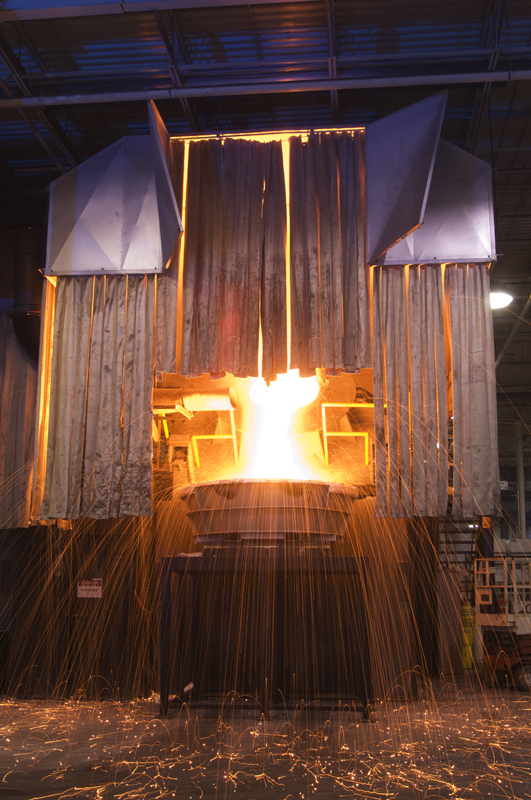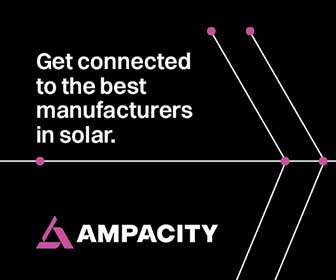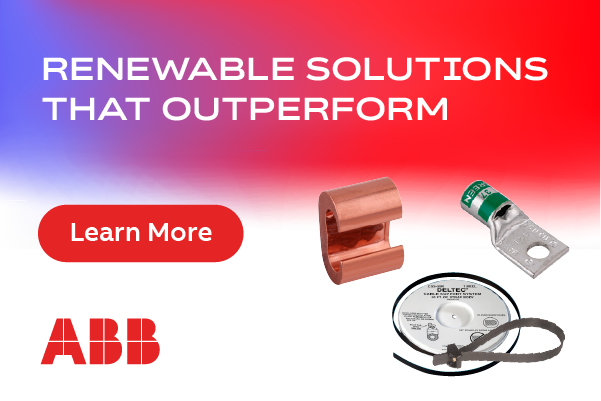The Circular Economy in Action
 How "clean" are the processes used to create clean energy? Ironically, not very.
How "clean" are the processes used to create clean energy? Ironically, not very.
By-products from manufacturing have a significant negative impact on the environment: they are often highly toxic, and the non-toxic by-products are frequently put into landfills, dumped as pollution, or simply mishandled. Unfortunately, this is true even for green products, despite the fact that we have been talking for decades about rejecting the traditional linear economy of "take, make, dispose," in favor of the "circular economy" model, which replaces non-renewable and hazardous materials and waste with renewable and safe materials that can be recycled in some way.
Recently, the circular economy concept was given some new life: it was a topic of significant discussion at the 2015 World Economic Forum. At the conference, a group of companies pursuing circular economy strategies discussed the model and how it can be expanded throughout all industries, and called on investors and world leaders to drive change.
Throughout various industries, there are already a number of companies that are currently pursuing circular economy models. These include Renault in the automotive industry, H&M in the fashion industry, and HP in the printing industry, to name a few. It is time that our industry, solar manufacturing, stands up and takes notice of this necessary change.
The silicon in more than 90 percent of today's solar modules is produced through the Siemens process - and has been for more than 50 years. The process creates electronic grade (EG) silicon or solar silicon using forms of silane, a toxic gas. Disturbingly, it also creates dangerous by-products along the way: tetrachlorosilane, yet another toxic gas; and tetrachloride, a toxic and combustible substance. Furthermore, purifying the silicon to EG standards requires high energy use in silicon plants, up to 125 kWh for a single gram of EG silicon.
Using toxic substances, creating harmful by-products, and high energy use, is in direct contradiction to the environmental aspirations of the solar industry. It's also unnecessary.
EG silicon is best suited for use in semiconductors for consumer electronics; solar cells don't require the same level of purification or design capabilities, but rather, a simpler form of silicon that is highly reliable and can maintain its strong performance throughout its lifetime. However, there is one innovative alternative. It utilizes a metallurgical process using aluminum to draw boron and phosphorous out of the silicon, rather than the hazardous chemicals involved in other processes. The creation of solar silicon also requires far lower temperatures - and reduced energy use. In fact, the process can use as much as two-thirds less electricity per ton, compared to other methods. More importantly, the refining process creates no waste, as any scrap of silicon that remains is reintroduced into earlier steps of the system to be processed again. And it yields no hazardous by-products; instead, it produces aluminum alloy and polyaluminum chloride, which are recycled for use in the automotive, aerospace, and wastewater treatment fields. It could even be said that the aluminum used to produce solar silicon is essentially rented, as it is resold to the aluminum companies it is purchased from in its new alloy form, thus completing the circle.
Solar cells, clothing, printers, and even cars can be produced in an efficient way which protects and sustains the environment. It is time we abandoned our disposable attitude and put the circular economy into action.
 Terry Jester is a 37-year veteran of the solar industry with extensive leadership experience in the manufacturing and engineering of photovoltaics. She joined Silicor Materials in 2010 following her active involvement in the company as entrepreneur in residence at Hudson Clean Energy. Ms. Jester has managed large solar operations and held engineering positions for SoloPower, SunPower, SolarWorld, Siemens, Arco, and Shell. She holds a degree in Mechanical Engineering from California State University Northridge.
Terry Jester is a 37-year veteran of the solar industry with extensive leadership experience in the manufacturing and engineering of photovoltaics. She joined Silicor Materials in 2010 following her active involvement in the company as entrepreneur in residence at Hudson Clean Energy. Ms. Jester has managed large solar operations and held engineering positions for SoloPower, SunPower, SolarWorld, Siemens, Arco, and Shell. She holds a degree in Mechanical Engineering from California State University Northridge.
Silicor Materials | www.silicormaterials.com
Volume: 2016 September/October








.png?r=7154)



